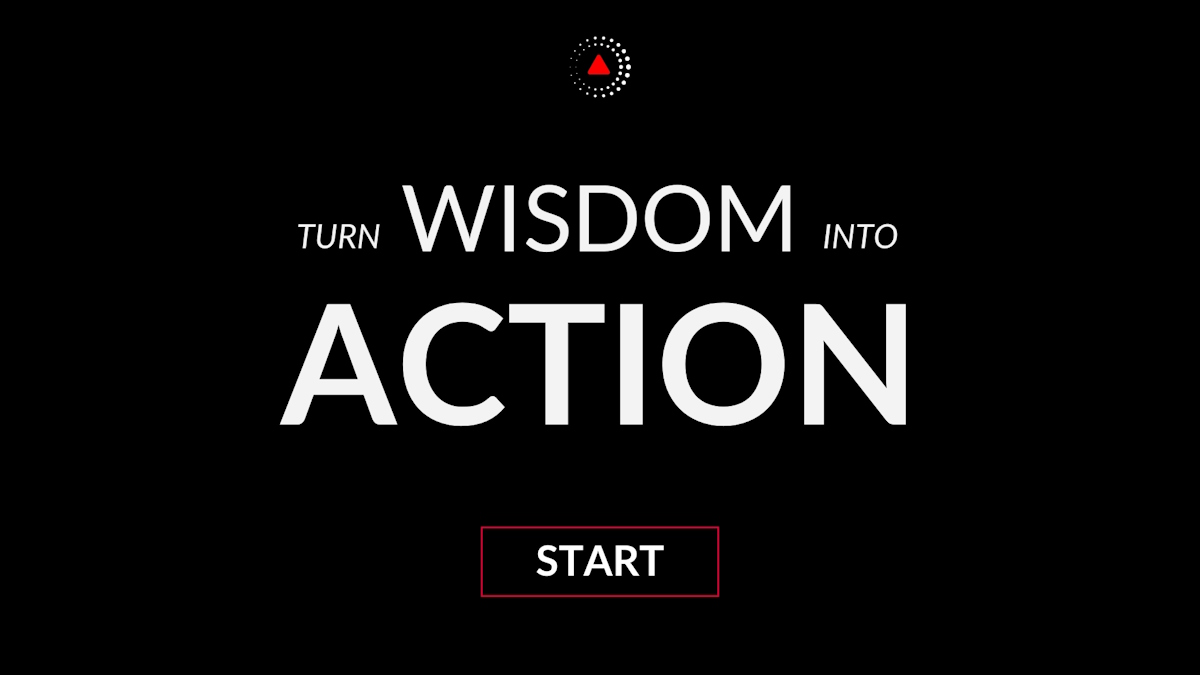A problem defined, is a problem half solved.
What's the meaning of this quote?
Quote Meaning: This quote encapsulates a profound insight into problem-solving and the importance of clarity in understanding the issues we face. At its essence, it suggests that the act of defining a problem is not merely an initial step but rather a significant stride towards its resolution. By breaking down a problem into its constituent parts, by understanding its nature and scope, we effectively pave the way for finding solutions.
Consider the analogy of navigating through an unfamiliar terrain. Imagine you're lost in a dense forest; you know you must find your way out, but you're surrounded by trees, pathways, and potential pitfalls. In this scenario, defining the problem entails understanding where you are, where you need to go, and what obstacles lie in your path. Once you've clarified these aspects, you're better equipped to devise a strategy to navigate through the forest and reach your destination.
Similarly, in the realm of problem-solving, defining the problem involves identifying its boundaries, underlying causes, and desired outcomes. It's about asking the right questions, gathering relevant information, and dissecting the problem from various angles. This process not only sheds light on the nature of the problem but also illuminates potential avenues for resolution.
Moreover, defining a problem often reveals hidden complexities and interconnectedness that may not be immediately apparent. Problems rarely exist in isolation; they are often intertwined with other issues, influenced by external factors, or rooted in systemic challenges. By delving into the intricacies of a problem, we uncover these layers of complexity, which in turn inform more nuanced and effective solutions.
Furthermore, the act of defining a problem fosters clarity of purpose and direction. It aligns stakeholders, clarifies objectives, and establishes a shared understanding of the task at hand. This shared understanding is crucial for fostering collaboration and mobilizing collective efforts towards finding solutions.
However, it's essential to recognize that defining a problem is not a one-time endeavor; it's an iterative process that evolves as new information emerges and perspectives shift. What may seem like a well-defined problem at one stage of the process may require further refinement or reevaluation as our understanding deepens.
In conclusion, the quote "A problem defined is a problem half solved" underscores the critical role of clarity and understanding in the process of problem-solving. By defining a problem, we not only demystify its complexities but also pave the way for effective solutions. It serves as a reminder that tackling a problem begins with a clear understanding of what it entails, and that clarity is the beacon guiding us towards resolution.
Who said the quote?
The quote "A problem defined, is a problem half solved." is often attributed to Albert Einstein (Bio / Quotes). Albert Einstein was a German physicist and Nobel Prize winner who is widely regarded as one of the most influential scientists in history.
Applying the quote to your life
Unlock Einstein's wisdom and apply it to your life by getting the in-depth Albert Einstein Workbook & Study Guide, complete with top quotes, insightful commentary, reflective questions, and practical uses for everyday life. 👇
To apply more wisdom, get the All-Access Pass, which includes hundreds of study guides from the world's top minds. These include deep insights from individuals such as Nelson Mandela, Steve Jobs, and Albert Einstein, as well as some of the top authors and personal development books.
What are Albert Einstein's Best Quotes?
Watch on Elevate's YouTube channel and be sure to subscribe for more wisdom and insights from the world's top minds.
Subscribe on YouTube to get the latest quote videos delivered straight to you:
Is there a historical example that illustrates the message of the quote?
One vivid historical example that illustrates the quote "A problem defined, is a problem half solved" is the development of the polio vaccine by Jonas Salk in the 1950s.
Polio, a crippling and sometimes fatal disease, was a significant global problem, particularly in the United States, where it was causing widespread fear and devastation. Before a solution could be developed, scientists needed to thoroughly understand the nature of the problem. Salk and his team spent years meticulously researching the poliovirus, which involved isolating and identifying it, studying its structure and behavior, and understanding how it affected the human body.
The breakthrough came when they were able to clearly define the specific characteristics of the virus and how it operated. By understanding that the virus had three different strains, each requiring different approaches for immunization, they could focus their research and development efforts more effectively. This precise definition of the problem—knowing exactly what they were dealing with—was crucial in developing the vaccine.
Once the nature of the virus was clearly defined, the solution became more attainable. The vaccine that Salk developed was successful in preventing the disease because the problem had been clearly understood. This case exemplifies how defining a problem can significantly advance the process of solving it. By breaking down the problem of polio into its fundamental aspects, Salk was able to create a targeted solution that ultimately led to the eradication of the disease in many parts of the world.
How can the quote be applied in a real-life scenario?
In a real-life scenario, the quote "A problem defined, is a problem half solved" can be applied in numerous practical situations, such as in project management or personal problem-solving. Consider a workplace where a team is struggling with low productivity. If the team merely acknowledges that productivity is an issue without defining the root causes, the problem remains vague and solutions may be ineffective.
To apply the quote, the team should start by clearly defining the problem. This involves investigating the specific factors contributing to the low productivity—whether it’s poor communication, lack of resources, inadequate training, or low morale. By gathering data, conducting surveys, and having discussions, they can pinpoint the exact reasons behind the problem.
For instance, if after thorough analysis, the team discovers that the primary issue is poor communication between departments, they can then focus on addressing this specific problem. Solutions might include implementing new communication tools, establishing regular inter-departmental meetings, or creating clearer channels for feedback. By clearly defining the problem as a communication issue rather than just a general productivity problem, the team can develop targeted strategies that are more likely to be effective.
This approach can be applied not only in professional settings but also in personal life. For example, if someone is experiencing stress but doesn’t know why, defining the problem involves examining various aspects of their life—such as work, relationships, and health—to identify the specific sources of stress. Once the exact causes are identified, they can take targeted actions to address each one, whether it’s managing time better, seeking counseling, or improving work-life balance.
In both scenarios, the key takeaway is that a well-defined problem makes it easier to devise effective solutions. By breaking down the problem into its core elements, you create a clearer path toward resolving it, demonstrating that the first step in solving any problem is understanding it thoroughly.
Chief Editor
 Tal Gur is an author, founder, and impact-driven entrepreneur at heart. After trading his daily grind for a life of his own daring design, he spent a decade pursuing 100 major life goals around the globe. His journey and most recent book, The Art of Fully Living, has led him to found Elevate Society.
Tal Gur is an author, founder, and impact-driven entrepreneur at heart. After trading his daily grind for a life of his own daring design, he spent a decade pursuing 100 major life goals around the globe. His journey and most recent book, The Art of Fully Living, has led him to found Elevate Society.






















